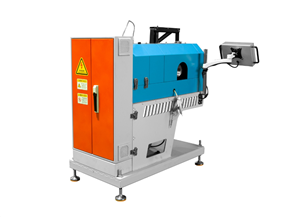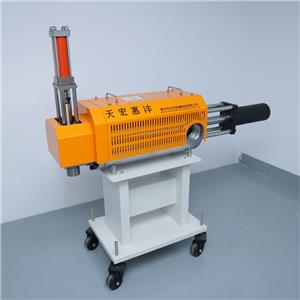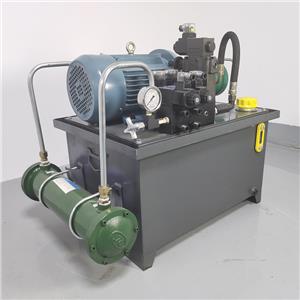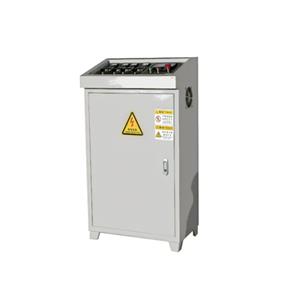The US r-PET market: There is a fervent demand, yet the supply from Asia is facing a chill.
At present, the global plastic recycling market is undergoing profound changes. The US r-PET market is showing an extremely strong demand, and in sharp contrast, the supply from Asia has fallen into a restricted predicament.
1.
From the perspective of the US market, brand enterprises' active pursuit of sustainable development goals has led to a sharp increase in their demand for r-PET (recycled polyethylene terephthalate). In order to meet environmental protection standards, the downstream packaging and textile industries have successively increased their procurement of r-PET. According to relevant data, in the second quarter of 2024, the price of r-PET in the United States increased significantly, which is a direct manifestation of the tight supply and high demand. At the same time, the pre-peak-season stockpiling before the summer consumption peak has further exacerbated the situation of供不应求 in the market. However, the growth of the recycling volume in the United States itself is relatively slow and it is difficult to meet the market demand, so the US has to rely on imports. Although the import volume from places such as Thailand and Mexico has increased, for example, Thailand's exports to the United States increased by 157% year-on-year, the recovery of local demand in Asia and the instability of logistics costs pose a risk of rising costs for the United States' future imports of r-PET.

2.
Looking at the Asian market, the production of r-PET is facing numerous challenges. The insufficient supply of waste bottle raw materials (PCB bale) has become a key factor restricting production capacity. In Southeast Asian countries such as Thailand and Indonesia, the rainy season has severely affected the collection of waste bottles. In South Korea, large-scale chemical projects have absorbed a large amount of raw materials, resulting in a decrease in the operating rate of small and medium-sized recycling enterprises. As the world's largest producer of r-PET, China also witnessed a relatively weak price trend in the first half of 2024 due to the decline in raw material costs and inventory backlogs.
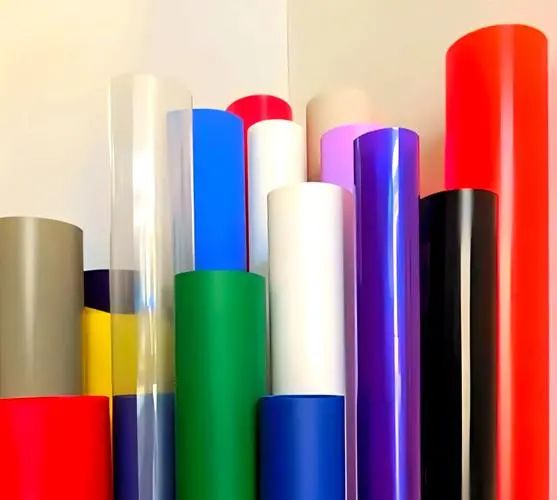
3.
In addition, the internal demand in Asia is also continuously growing. The production capacity of food-grade r-PET in places such as India and Thailand continues to expand. For example, EcoBlue put into operation an FDA-certified device in Thailand, and India plans to increase the recycled content in packaging to 25% by 2030. This undoubtedly intensifies the competition for raw materials within Asia and reduces the supply to the European and American markets. The global r-PET market is currently in a complex period of transformation. The contradiction between the strong demand in the US market and the limited supply in Asia, as well as the possible reshaping of the future global trade pattern due to changes in Asian production capacity, deserve the continuous attention of industry practitioners.

